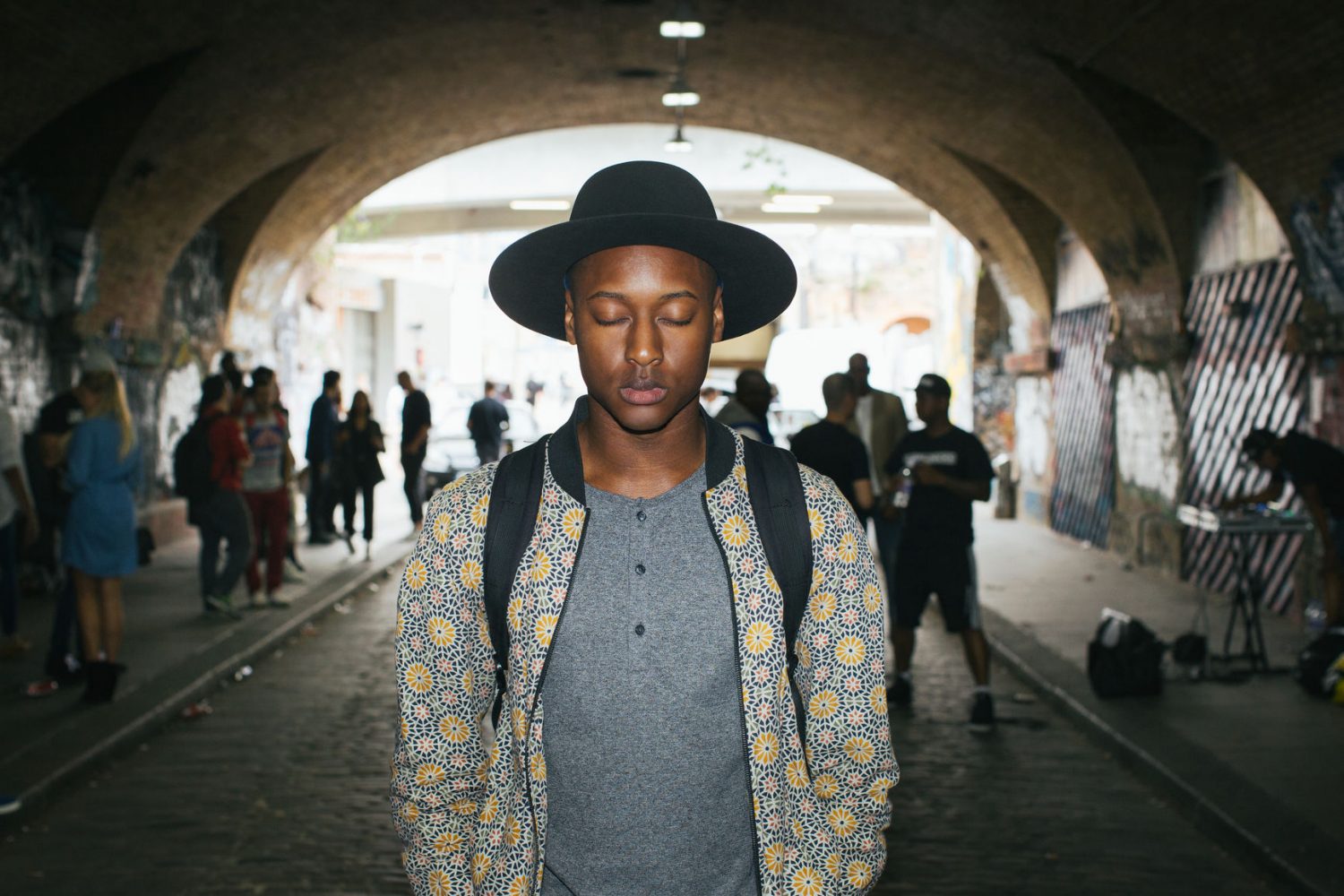A lot of people use physical exercise, yoga, or meditation to regulate their emotions. They feel better and learn to not get stuck in an unhelpful thought pattern. That is great! But at times we are using these activities to avoid emotions we don’t want around, which just keeps them stuck there longer. Let’s explore how to tell the difference between regulating and avoiding emotions, and helpful ways to approach stored emotions AND the protection mechanisms around feeling them.
Listen to episode 31 of the Uncover YOU podcast here:
How can you know if you’re just using meditation as a way to escape uncomfortable emotion and when you actually are doing healthy regulation to not get stuck in a negative reaction pattern you know too well?
The difference is in the INTENT of whatever practice you’re doing.
Ask yourself: What is my feeling towards the emotion I would like to shift?
- Do you want it to go away? Are you looking for a way to fix it so you’ll never have to feel it again?
- Or are you willing to sit with it, to turn towards it so it can be allowed to be felt and released?
The first approach is based in fear and avoidance, while the other is an allowing and accepting approach. Do you notice the difference?
If a part of you is constantly afraid of having certain emotions, you’ll adopt a lot of protection strategies.
You can get small changes to an uncomfortable emotion by learning to manage and regulating it, but you’ll never get to the root and remove the belief structure that it is originating from. You might get really skilled at managing it, but it’s taking a lot of energy to keep the protection strategies in place. If instead, you were actually free from the reaction about the emotion, you could use all that energy for a lot more fun stuff. Like creating the life you really want, deeply connect with yourself and others, or learn something new. When you’re no longer afraid of the emotion, it can be allowed to be felt and will be released.
Which option seems more appealing to you? Constantly managing your behavior and try to manage others so that you won’t have to experience the emotion, or overcome the fear of the emotion and release it so you don’t have to manage and protect yourself from having it…?
It might seem scary to welcome something that has seemed like it’s causing a lot of negative outcomes in your life, but if we look more closely at the matter we’ll discover that it’s seldom the emotion itself that is causing bad situations but the reaction and underlying beliefs we have TOWARDS the emotion.
→ There’s the emotion itself. Raw, pure, and simply there as a sensation in your emotional body.
→ And then there’s the thoughts and automated reactions from the body and the nervous system.
When you can see and KNOW in yourself that the reaction to the emotion is coming from the mind, it will get easier to both help the emotion and the fear about having the emotion to release.
Let’s look at an example:
Sometimes Anya’s feeling low. It feels like things are hopeless and like nothing is ever going to get better. Sometimes this feeling doesn’t come with a lot of thoughts or stories at all, it’s just this sinking feeling in her chest.
Anya has a history of that feeling having effects on her life. The dinner out she’d been looking forward to doesn’t feel like fun anymore. She notices herself getting passive and is not taking initiative to do things that are good for her. And if she has this feeling when spending time with her girlfriend it makes her feel like she’s no fun to be around and that her girlfriend won’t stay with her. When these thoughts, connected to the original low feeling, show up, she gets more quiet and awkward, and when her girlfriend asks she can’t explain as well as she normally would be able to. It’s more likely to be misunderstandings or even an argument and now Anya feels misunderstood and even more panicked about the situation.
For Anya, having this emotion has now been unconsciously connected to different scenarios, none of which she enjoys, so she’s become afraid of having the emotion at all. It has turned into a big tangle and it’s difficult for her to tell what is the original emotion and what are stories and projections of what MIGHT happen.
She has started to do gratitude practices and positive affirmations so that the emotion can shift and go away, and she feels it has gotten better and that she has some tools to use when it does show up.
But she still feels afraid of the sign of the emotion and is not often successful in her tries of stopping escalation into thoughts and reactions once the emotion has started to show up.
Anya’s safe place is her work, where she feels inspired and successful, the opposite of that sinking feeling she dreads. She notices how she escapes to thinking about work projects more often and on the weekends she’s longing for Mondays when she can return to her happy place and feel safe from scary emotions and the failure she’s experiencing as a partner.
—
It’s very common to be in a similar situation to Anya’s. We’re okay with some emotion and sensations, and others we’re trying to avoid with anything from coffee or weed to sex, working harder, or a gratitude practice.
If the intent behind any of these strategies is coming from a fear of having the emotion, the strategy itself is infused with a fearful agenda and the emotion will not be allowed to be felt and released.
If your biggest motivation for your meditation practice is to never feel anxious again, you’re not only missing out on the absolutely powerful transformational effects your meditation could be having, you’re also stuck in the same old patterns you were trying to get out of.
I invite you to let your meditation be a place to practice welcoming all parts of you.
The yucky, messy, beautiful, productive, successful, and failing parts.
The shameful, funny, lazy, ugly, mean, irritated, and excited parts.
They are all there and the longer you try and deny them the longer you’re holding off healing.
There’s room for all of them and they are actually already welcome by the truest sense of you: Awareness itself.
When you start to align to that inner core of you by stepping out of the mind’s reaction and welcome all parts, you’ll connect and start identifying with a more true sense of yourself, beyond the mind.
Have a look at this video to hear me explain this in some different words, as I’m responding to a question from one of the participants in my online meditation course Beyond the Mind.
So what can you do instead?
1. Learn about emotions and how they behave
An emotion is communicating something to you and is there to be felt. When it’s not allowed to be felt, it’s like it hasn’t completed its mission and will stay stuck in the body. An emotion itself is not dangerous or can cause you any harm, not even strong anxiety or panic. It’s the protection mechanisms and the fear ON TOP of it that is telling that story and can activate new reactions.
2. Separate the emotion from the reactions about the emotion
Journal around a situation where the emotion shows up. What does it feel like? Where in the body can you feel it? Can you tell what activated it? What thoughts do you notice as a reaction to sensing the emotion? What is the narrative in your head? Judgments, victimizations, need fixing? Are there different voices with different opinions? Then what happens? Do you believe in the stories? Is your body tensing? Is another emotion showing up?
Make a mindmap to see the order of these events. This will help you to make some order to the entangled web of the original emotion, stories, reactions, and assumptions about the emotion.
3. Learn to befriend and welcome the original emotion
Now that you can see the layers on top of the emotion more clearly, and that the emotion itself might not be as scary after all, choose a time when you’re not already having a strong wave of the emotion to see what it feels like to simply sit with it.
Close your eyes and bring up the original emotion, or the memory of what it feels like. Practice sensing it rather than thinking about it. Where in the body can you feel it? Is it in a big area or small? How strong is it on a scale from 1-10?
Simply say silently, or out loud: You’re welcome here. I feel you. You are felt.
It may take some time to practice these steps, especially the last one. As you sit to be with the emotion, protection layers can show up that are stopping you from getting to the original emotion. Don’t try and push past them. Instead, kindly turn your attention with curiosity towards the protection instead and welcome it as described above. That is your path to getting to the emotion itself.
A question I get a lot is:
“How do I know if I’ve done it right? If I’ve actually welcomed it instead of suppressing it, and if it has released?”.
See this more as a practice in welcoming and learning to love these parts than to have an outcome with it. When you get better at it you might notice effects like:
- There might be tears, a feeling of relief, or a wave of sensation as you practice welcoming it. These are examples of signs that something has shifted out of the old, locked patterns.
- When the emotion shows up in your daily life, you’re more likely to go to a welcoming feeling instead of fear and panicky stories.
- The emotion might not show up as often. Its message has been delivered and felt.
Want to learn more in a free training?
If you want to dive deeper into the art of being present with your emotions, you can check out my hour-long class on Being with what is. In this class, I give a brief background on how we’ve often learned to relate to our emotions and how you can practice a new way of being present with them. I walk you through 5 steps of shifting out of identification with your emotions, sensations, or thoughts and how to be present with them.
It’s part of my FREE training: Intro to Meditation and Relaxation in the Self Mastery Community (our platform for our courses and where people come to learn and share about their insights, obstacles, and wins with each other).
=> Access it here if you’re not already a member of the community
- Create an account by clicking the link above
- Access the specific lesson on Being with what is by clicking here
=>Already in the community? Use this link to get to the lesson




